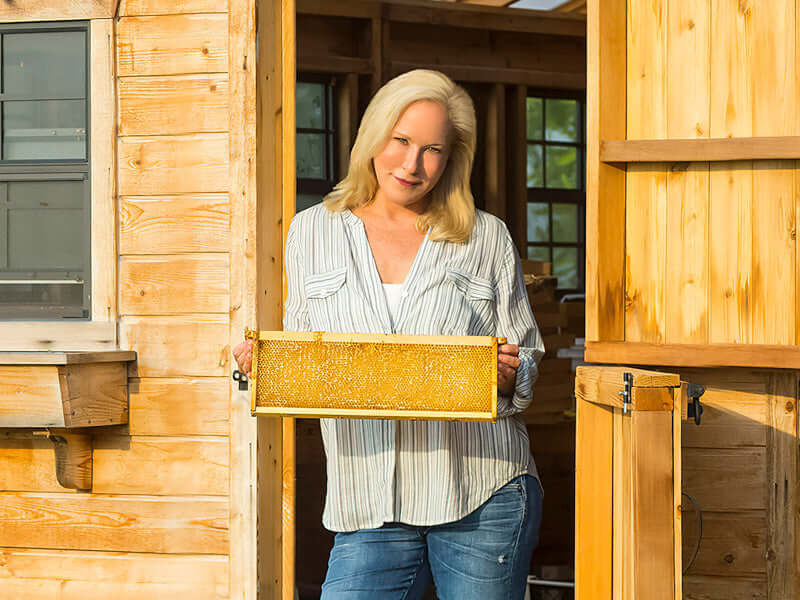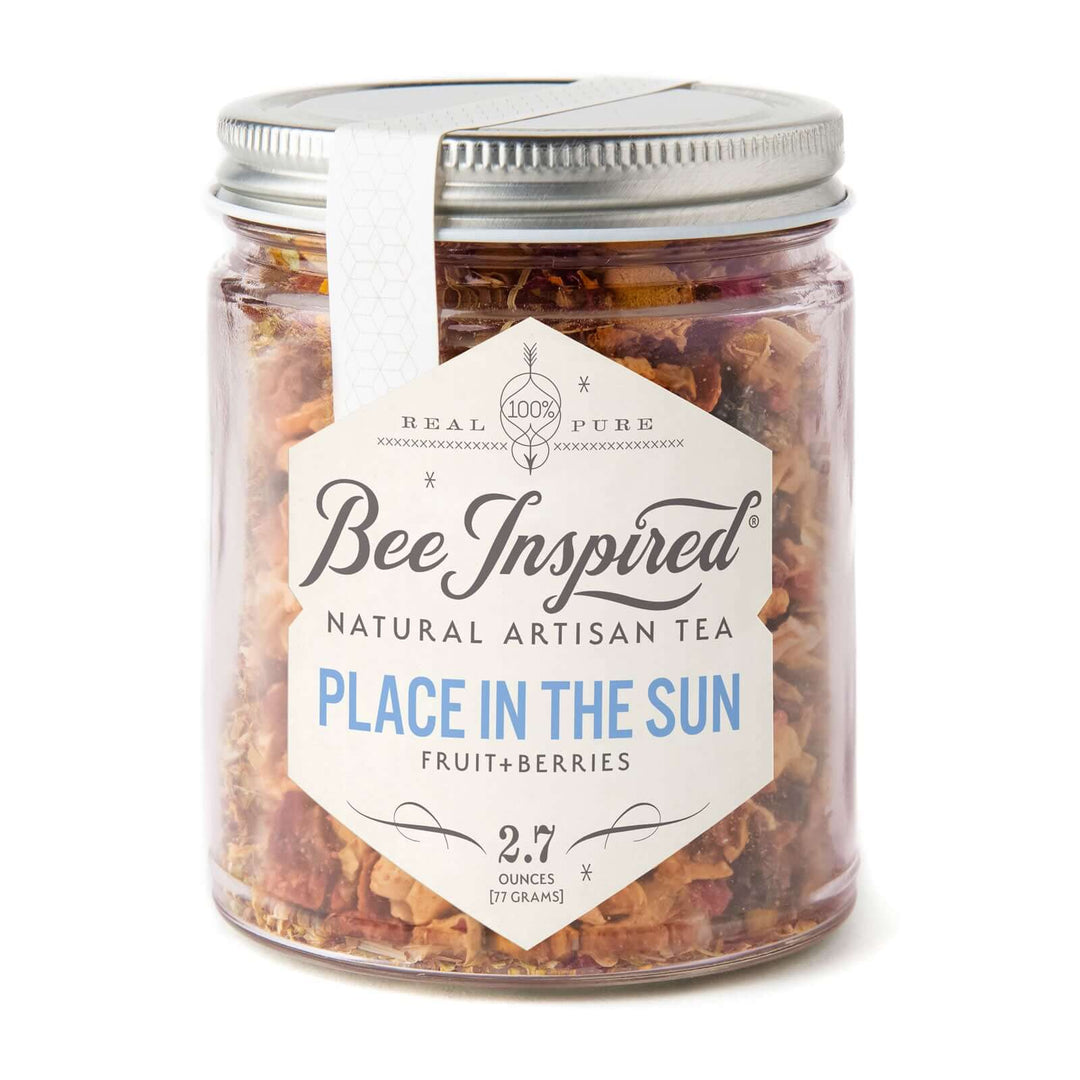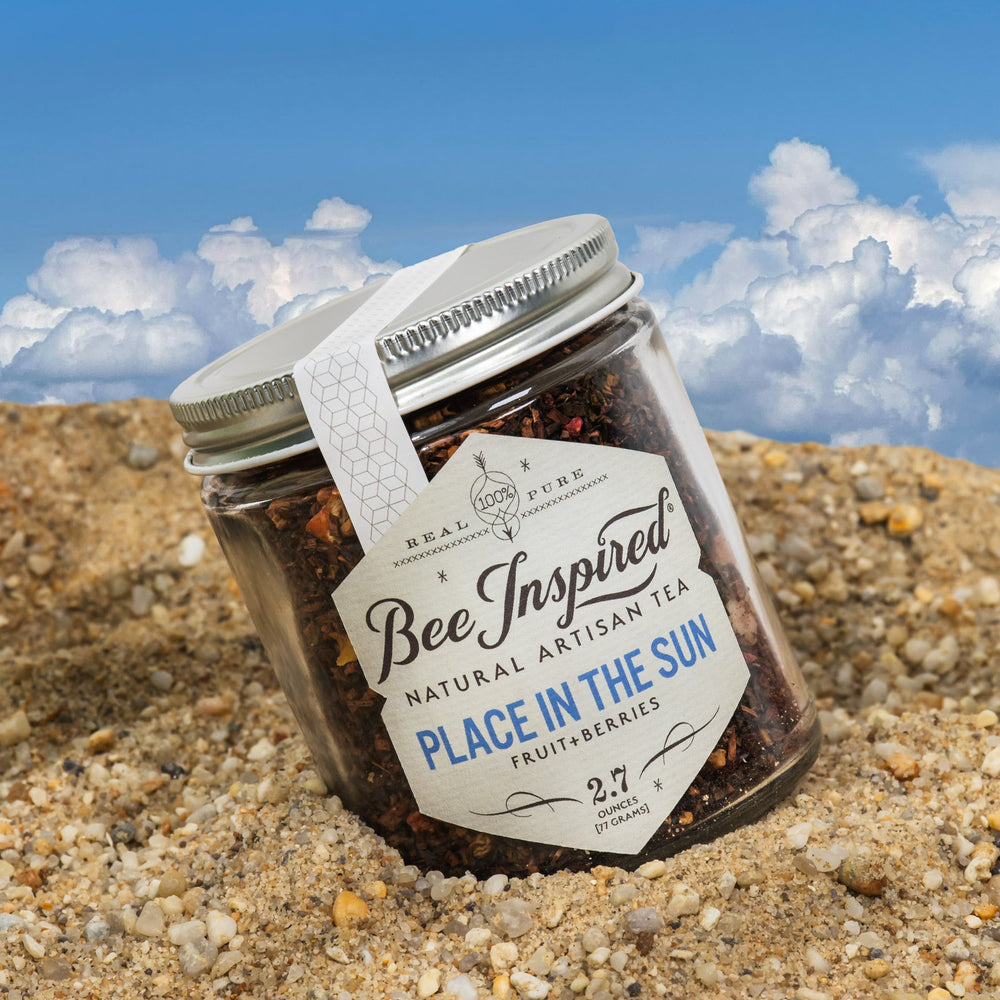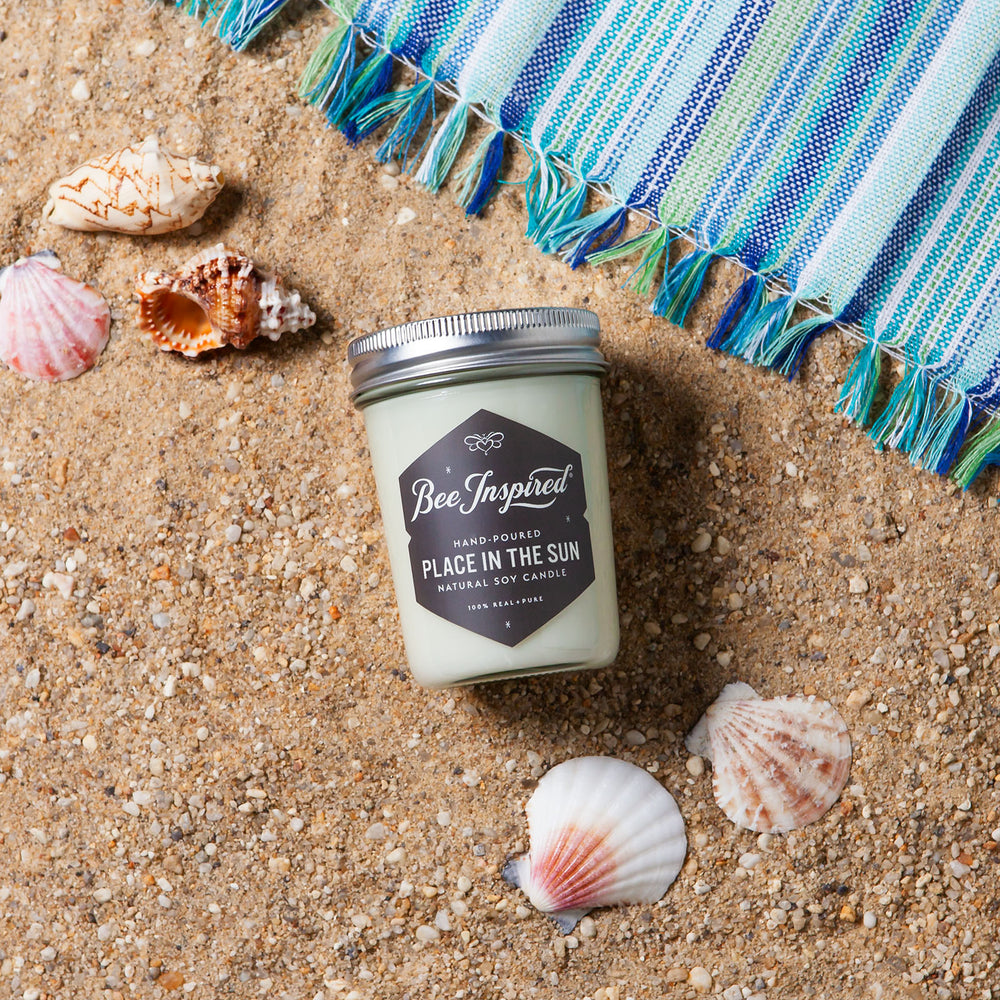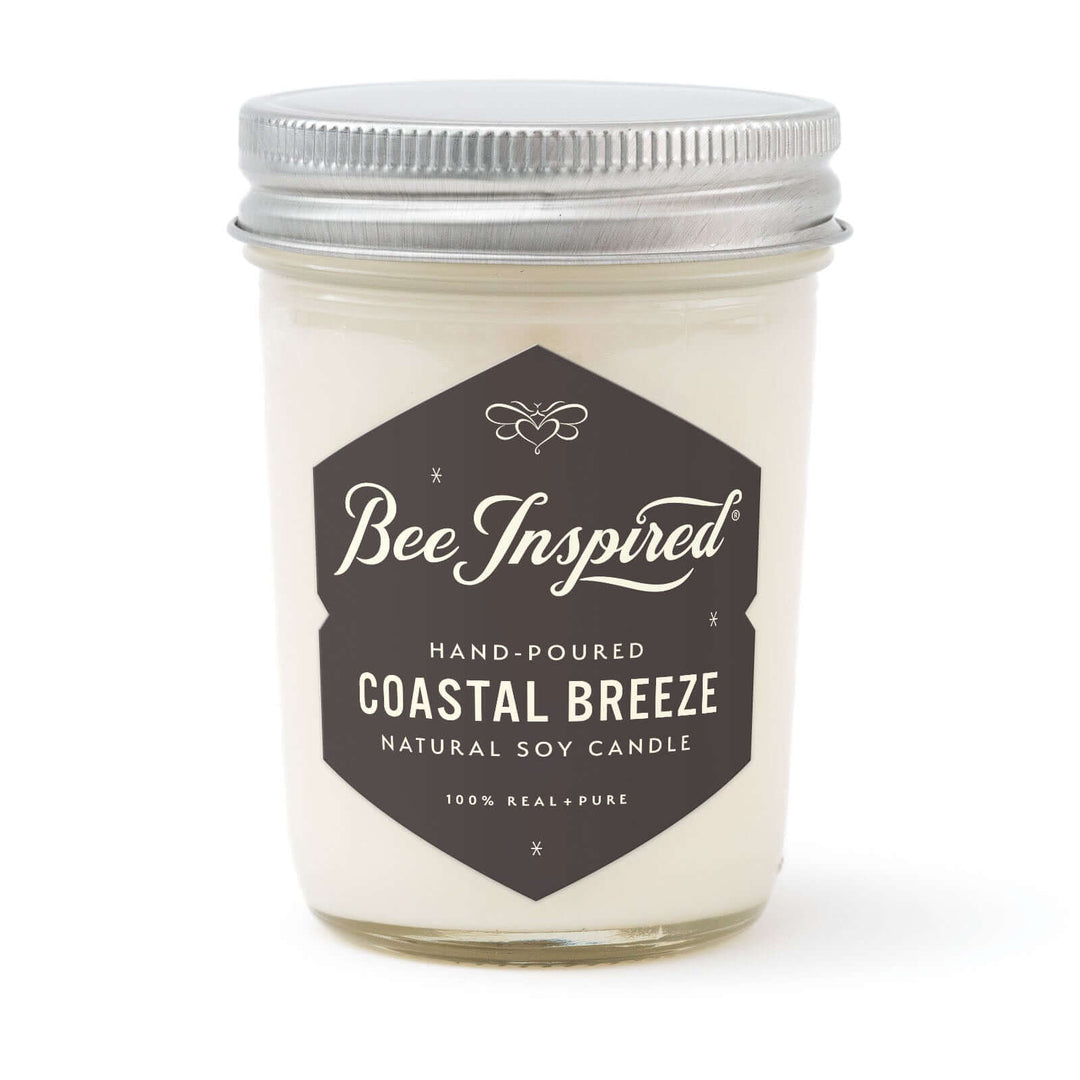Looking for quality honey from nearby producers and farms? This guide shows you exactly how to find fresh, raw honey from beekeepers in your area. Discover why buying honey from community producers benefits both you and your region. Visit our honey retail stores in Owings Mills or Ellicott City, Maryland, featuring over a dozen artisanal and monofloral honey varietals harvested throughout the year!
Learn all about our farm on Maryland's Eastern Shore!
How to Find Honey in Your Area
Finding honey producers in your region can be an adventure in itself. There are several effective ways to locate these hidden gems in your community, from exploring outdoor markets to visiting beekeepers and farms directly.
Farmers' Markets
Farmers' markets are excellent venues for finding honey close to home. These vibrant community markets often feature booths from regional beekeepers, allowing you to buy directly from the source and build meaningful relationships with vendors. Many markets operate weekly, giving you regular access to fresh honey throughout the season.

Find delicious cheese at farmer's markets to pair with honey
Visit Nearby Apiaries
Visiting apiaries provides a deeper experience into the world of beekeeping. You can ask beekeepers about their hives, production methods, and the specific flora their bees pollinate. This firsthand experience not only ensures you're getting quality honey but also offers an educational opportunity to see bees in action.

Learn how to plant a pollinator garden and watch the action from your own yard
Our Maryland Honey Varieties
Our Spring Honey from Chesterhaven farm in Kent Island, Maryland and Wildflower Honey are hand-harvested locally and feature sweet, rich flavor profiles unique to our region. Our Black Locust Honey offers warm, complex notes that perfectly reflect the diverse flora found right down the road from our retail store in Owings Mills.

Benefits of Buying Honey From Local Sources
The advantages of buying honey from nearby producers extend far beyond just supporting small businesses. When you purchase from regional beekeepers, you're taking the first step toward enjoying numerous benefits that mass-produced honey from a large company simply can't match.
Support Community Beekeepers
Purchasing from local producers strengthens the regional economy and sustains small-scale beekeeping operations. This direct support helps maintain healthy bee populations and contributes to community ecosystems. Each purchase you make helps preserve the art and science of beekeeping in your area.

Health Benefits of Fresh Honey
Honey from nearby sources, free from additives, retains natural enzymes, antioxidants, and bee pollen, making it significantly healthier than highly processed commercial varieties. Many believe that consuming local honey helps with seasonal allergies, as it contains small amounts of regional pollen that may help build immunity over time. Our specialized Allergy Support Honey Set contains three of our best-selling regional honeys specifically selected for allergy relief. Take control of your health throughout the year when you consume raw honey.

Our different types of honey are named after plants the bees pollinated
Top East Coast Honey Regions
The United States boasts several top honey-producing regions, each offering unique varieties due to their diverse floral sources and climates.
New York Honey
New York apiaries produce exceptional honey from diverse floral sources, including alfalfa and clover. Our hand-harvested Alfalfa Honey from New York offers a delicious, distinct flavor profile with subtle notes that reflect the region's unique plant life.

Florida Honey
Florida is celebrated for its outstanding orange blossom honey, produced when citrus trees bloom in spring. Our Orange Blossom Honey is sourced directly from Florida, providing a unique citrus flavor unlike any other variety.

Specialty Honey Varieties Available Nearby
The world of honey is vast and varied, with specialty honey varietals offering unique flavors and textures for every palate. When exploring honey options in your community, you might discover these special varieties.
Raw Honeycomb
Comb honey remains in its natural beeswax cells, offering a pure, unprocessed product with unique texture. Did you know you can eat the entirety of honeycomb? Try pairing raw honeycomb with artisanal cheese on a honeycomb charcuterie board for an exceptional taste experience!

Recipes Using Local Honey
Raw honey from regional producers is an incredibly versatile ingredient that can enhance a wide variety of recipes. Using honey sourced from nearby beekeepers adds unique regional flavors to your culinary creations.
Cooking & Baking
Add honey after brewing tea for optimal flavor and health benefits. In baking, honey adds unique flavor and moisture, making goods more delicious and longer-lasting. When substituting honey for sugar, reduce the overall liquid content by about 20% to accommodate honey's natural moisture.

Bake Parisian Honey Rum Cake for a deliciously moist treat
Why We Need Honey Bees
Honey bees are crucial pollinators for our food supply, responsible for pollinating approximately one-third of the food we eat. By purchasing from local and area beekeepers, you directly support those who maintain healthy bee populations essential for our ecosystems.
Consider planting a pollinator garden with native plants to help the environment thrive. These gardens provide vital resources for bees and other beneficial insects, creating corridors of habitat in urban and suburban areas.

Visit Us for Raw Honey
Discover the best honey in your area by visiting our store in Owings Mills, Maryland, or exploring farmers' markets nearby. Our Sustainable Honey Lovers Bundle makes a perfect gift while promoting environmental awareness and supporting regional beekeeping operations.
Savor the rich, diverse flavors of local honey while supporting your community's beekeepers and ecosystems! Whether you're a culinary enthusiast, health-conscious consumer, or someone who simply appreciates the sweet things in life, honey from nearby sources offers benefits that far exceed those of mass-produced alternatives.






